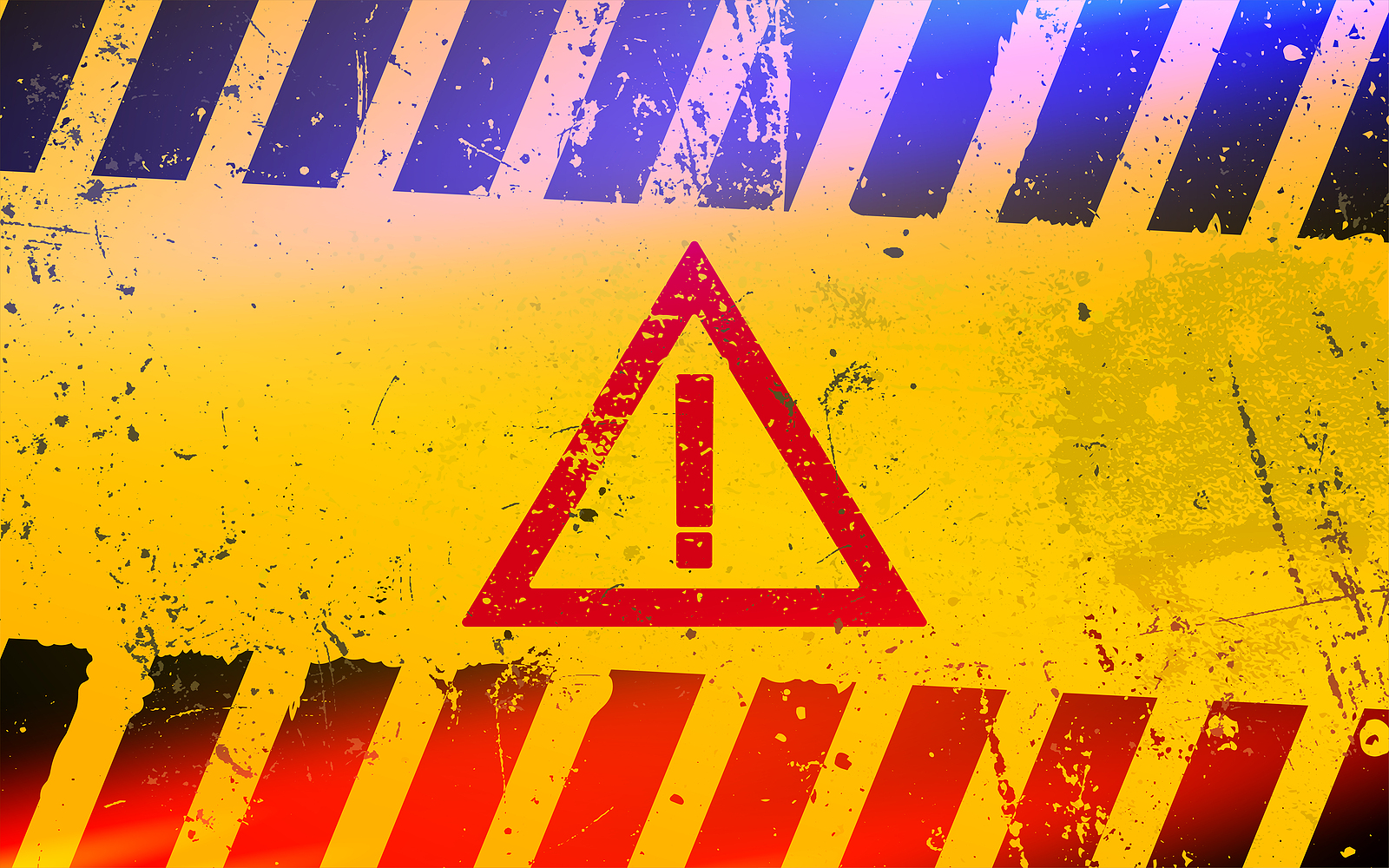When you bought your home you most likely had a home inspector visit to find out what, if anything, is wrong with it.
The professional home inspection, however, only tells a potential homeowner what’s wrong with visible areas of the home and its systems. The inspector can’t, for instance, tell you what’s happening inside the HVAC system in the areas that aren’t visible.
Nor can she tell you what is lurking behind the walls or under the floorboards of the home.
This is why it’s so important to expect your home’s systems at least once a year.
Let’s take a look at three areas of the home to inspect closely to mitigate hidden household hazards.
1. Invisible, odorless and lethal
Radon, a radioactive gas, is a common indoor pollutant. It creeps into the home through cracks and holes in the foundation and walls and, once there, it becomes trapped and the levels continue to rise.
Exposure to radon gas, for long periods, is the second leading cause of lung cancer in the U.S., according to the National Cancer Institute.
Testing the home for radon gas is easy and inexpensive, according to the U.S. Environmental Protection Agency.
“There are many kinds of low-cost “do it yourself” radon test kits you can get through the mail and in some hardware stores and other retail outlets,” the agency states in “A Citizen’s Guide to Radon,” its consumer information booklet (you can find it published online at EPA.gov).
The booklet is full of information about how to test for radon and what to do if levels are above a certain threshold.
2. The deadly arc-fault
If you’ve ever experienced an arc-fault in your home, you need no explanation about the hazard. If you haven’t, read on.
“An arc-fault is an unintended arc created by current flowing through an unplanned path,” according to the experts at the National Electrical Manufacturers Association (NEMA).
An arc is like a mini lightning bolt and its “temperatures … can exceed 10,000 degrees Fahrenheit,” and may ignite anything surrounding it, such as wood framing or insulation.
Although it seems like a longshot that this might happen in your home, that assumption can be deadly.
“Electrical failures or malfunctions were the second leading cause of U.S. home fires in 2012-2016,” according to the National Fire Protection Association.
And, they don’t just occur in hidden areas of the home. A damaged cord or loose connection can cause an arc-fault as well.
The experts at NEMA suggested that protecting the circuit is the best way to reduce the chances of this type of electrical fire.
An arc-fault circuit interrupter (AFCI) is “… a product designed to detect a wide range of arcing electrical faults to help reduce the electrical system from being an ignition source of a fire,” they claim.
Find out why it is important to have an AFCI installed in your home by visiting AFCISafety.org.
3. Swimming pool drains and filters
The drain in your swimming pool uses suction to filter out debris such as dirt, oils from your body and other items.
This suction can be strong enough to trap a child underwater which can lead to drowning.
While on a family vacation, “A six-year-old British girl almost drowned when her hair was sucked into a swimming pool filter at a hotel in Lanzarote,” according to a reporter at BBC.com.
She was trapped for more than two minutes before being rescued. Thankfully, she lived.
While these cases are rare, “… long hair is considered a safety hazard when entering a pool or hot tub,” according to Amy Kapetta at YahooNews.com.
But, it’s not only long hair that can trap someone underwater. Dangling straps from bathing suits, jewelry and more can be sucked into filters and drains.
Tie back long hair before swimming (better yet, wear a swim cap). Teach your children to “…stay away from drains,” Elizabeth Klinefelter, Pool Safely Campaign Leader tells Kapetta.
“Another important safety tip is that while using a spa, always locate the emergency vacuum shutoff before getting in the water,” she continues. “This emergency vacuum shutoff stops the suction in the spa, freeing whoever or whatever is stuck in it.”
Finally, ensure your home pool drain has an antivortex cover.
.





